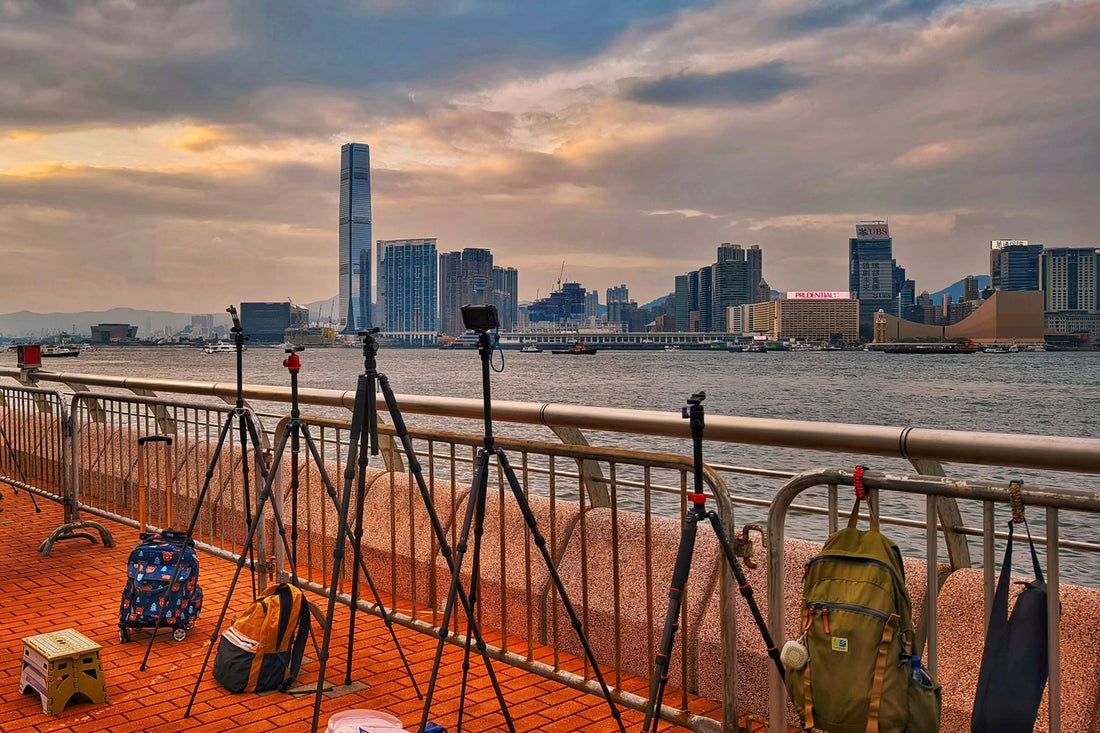
How We Shoot: Spontaneity, Setup, and the Spypen Way
Moving from passive capture to intentional creation — one shot at a time.
Smartphones made us believe that photography is effortless: just tap and let the phone do the thinking. But when you shoot with a Spypen, something shifts.
There’s no algorithm smoothing your footage, no HDR making every surface glow, and no face tracking keeping your subject in focus.
Instead, you choose the shot. You decide where to stand, what to frame, and when to press the button. That might sound slower — but it’s also more rewarding.
Welcome to the Spypen way: spontaneous, but with just enough intention to turn a moment into something worth keeping.
Spontaneity Isn’t Dead — It’s Just Different
With phones, spontaneity often means “point and let the software fix it.”
With Spypen, spontaneity means you notice something, raise your camera, and make a decision — fast.
How to shoot in the moment (but smartly):
-
Keep the camera around your neck or wrist — ready, not buried in a bag
-
Use your eyes before your lens: find shapes, contrasts, or scenes that catch your attention
-
Learn the camera’s sweet spot (fixed-focus range) so you instinctively know how close you can get
Pro Tip: Practice walking with the camera at the ready — slow your pace, scan like a street photographer. You'll be surprised how often great shots are right there, if you're tuned in.
Staging Isn’t Cheating — It’s Planning for the Shot You Want
Some moments deserve a little setup — even if it’s just a few seconds. That’s where phones trick us: they fake clarity, color, and focus no matter what we do.
With Spypen, if you don’t plan your frame, you risk blur, distortion, or washed-out light. And that’s okay — but sometimes, it’s worth slowing down.
When and how to stage:
-
Shooting indoors? Adjust the lighting first — lamps, windows, or even a flashlight can save the shot.
-
Portraits? Ask your subject to pause for a beat — fixed focus means sharpness depends on distance
-
Wide shots? Center your object and brace yourself (or the camera) for stillness
Think of it like this: Staging isn’t control — it’s intention. You’re not trying to fake the moment. You’re trying to honor it.
The Blur Can Be Beautiful (But Understand Why)
Let’s be honest: sometimes you’ll get blurred shots. And that’s not always a flaw. It’s a side effect of longer exposure, movement, or missed focus. But it can also be art.
-
A moving car becomes a light trail
-
A walking person turns ghostlike
-
A shaky hand paints abstract motion
If it happens, embrace it. Learn from it. Even phone cameras simulate this kind of effect now — you’re just doing it for real.
Want to go deeper? Try intentional camera movement: pan while shooting lights at night, or slowly rotate the frame for abstract motion blur.
Shoot Like You Mean It
Shooting with Spypen isn’t about chasing perfection. It’s about taking a second to see the shot before you take it.
Maybe you pause and adjust. Maybe you shoot fast, but stay aware. Either way, you’re building creative instincts — not relying on code.
The phone does it for you. Spypen helps you do it for yourself.
And once you start thinking like a photographer, every frame becomes a choice — not an accident.
